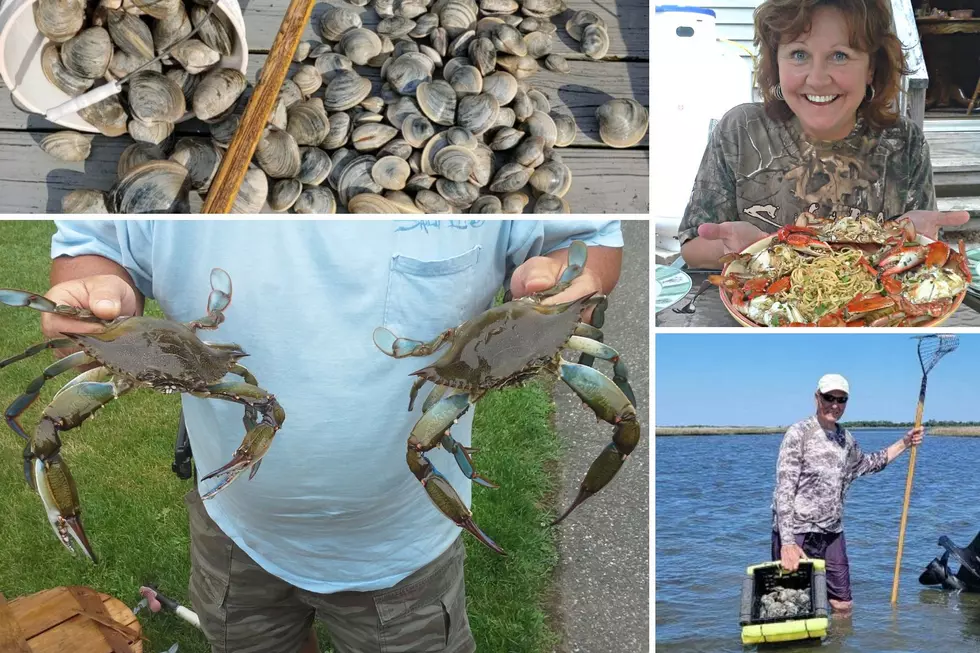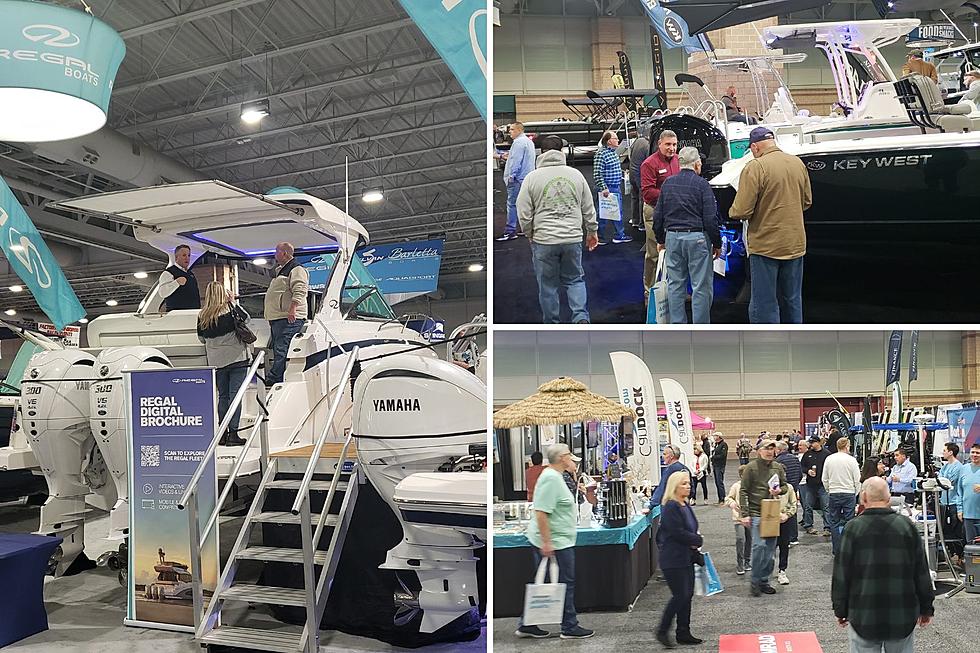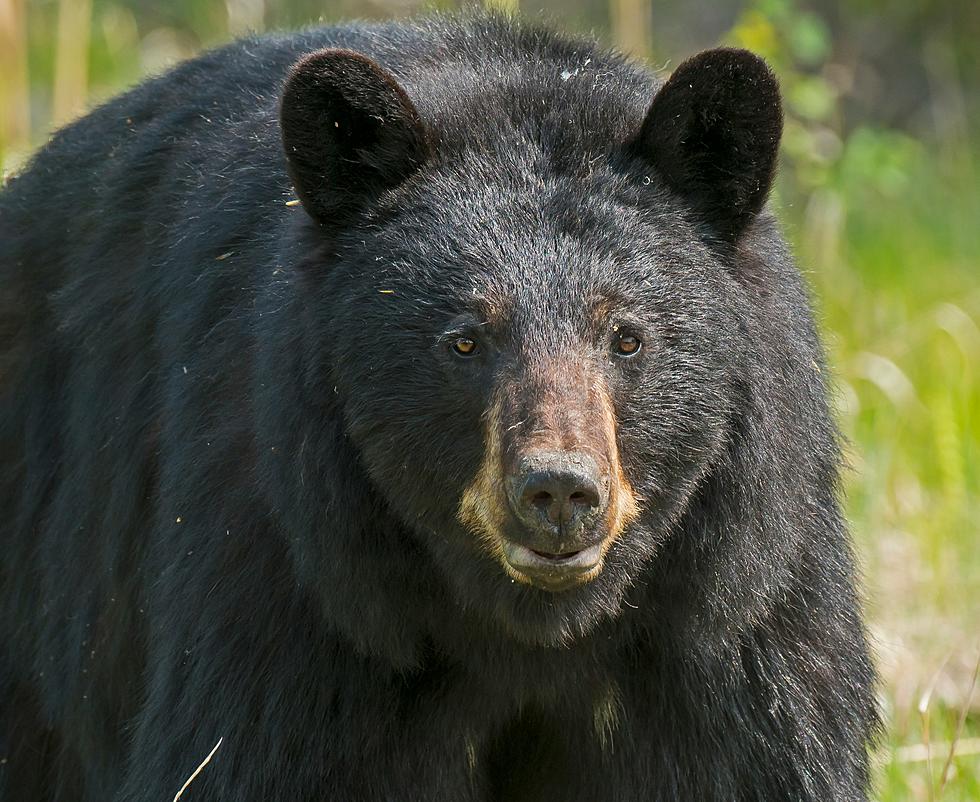
South Jersey Fishing: Crabs ‘n Clams for The Fourth Weekend
Prime time family fun and great eats await the Fourth of July weekend, and for the rest of summer, for that matter, when it comes to crabbing and clamming along the Jersey shore.
Sure, this holiday weekend is the traditional, although unofficial, kickoff of the canyon tuna season, and yes, sea bass season reopens tomorrow.
However, when it comes to getting family, especially youngsters, involved, nothing says more about summertime fun than crabbing...and clamming is close behind.
For the crabs (aka “blue claws”) a boat is not necessary. Bulkheads, lagoons, tidal creeks, and ditches will all host these luscious crustaceans. Of course, a boat on the bay or tidal river will avail one to more opportunities to fill a bushel (the daily limit), but again, one can catch them from terra firma, as muddy as it can sometimes be.
While many employ the standard four-door or two-door pull box-style trap, we enjoy the handline/long-handled net dealio. Baited with a bunker head or a chicken leg or neck, it's tossed out and allowed to sit for several minutes. The blue claw’s olfactory sense will detect the subsurface aroma and will soon be on the meat. It’s then an inch-by-inch retrieve of the line, and one will often feel the tugging of the crab. Once close to the surface, it’s a swipe or the net either from behind or from the side, and the crab is caught.
The pull traps also have a big say in the blue claw play, and we usually pack a couple along. Bait these with chunks of bunker, bluefish, or mackerel (we sometimes use carp) or a chicken neck, toss in and let them hang out for five to 10 minutes. Pull up quickly, as this will snap the doors shut, thus preventing a quick crab escape.
Costs of the traps will vary. The cheaper metal traps will last maybe a season and are generally under $10. We opt for the galvanized variety that, while twice as expensive, seemingly last forever. The ones we’re using this summer were purchased in 2016 and are still in great shape despite fairly heavy use.
As mentioned, the daily limit per person is one bushel, and the crab must have a minimum length of 4-1/2 inches across the carapace or, in crabbing lingo, from point to point.
No license is required unless using a commercial-style trap, or crab hotel, that is set out for hours at a time, usually overnight. This must be equipped with turtle excluders at their entrances. The cost of the license is $2 and allows for a pair of traps.

Access to a boat is necessary to get the clam jam on because these yummy bivalves are found on the flats of bays and the Intracoastal Waterway (ICW). Prime time is a dropping tide with water mid-thigh deep and slowly dropping. One can use a clam rake, preferably one with a “basket” to hold clams dug up with a pull of the rake, or, as is preferred by the traditionalists, feeling for the hard lumps under the mud with bare feet or wearing lightweight clamming booties.
Rakes can be purchased at most bait and tackle shops along the shore and these can range to $100-plus depending on the length, type of metal, and with or without a basket. Some of the more enterprising make their own. In either case, a basket within a floating device to hold the clams and tethered to the waist via a length of cord or rope will keep the catch safe from spilling out.
The daily limit is 150 clams that must be 1-1/2 inches lengthwise across the shell.
A clamming license is $10 ($20 for non-residents) and $2 for youngsters under 14 years of age. A free lifetime resident senior (62 and older) is available with a $2 application fee.
7 reasons why you need to kill the spotted lanternflies infesting NJ
LOOK: Here are the pets banned in each state
More From WPG Talk Radio 95.5 FM










